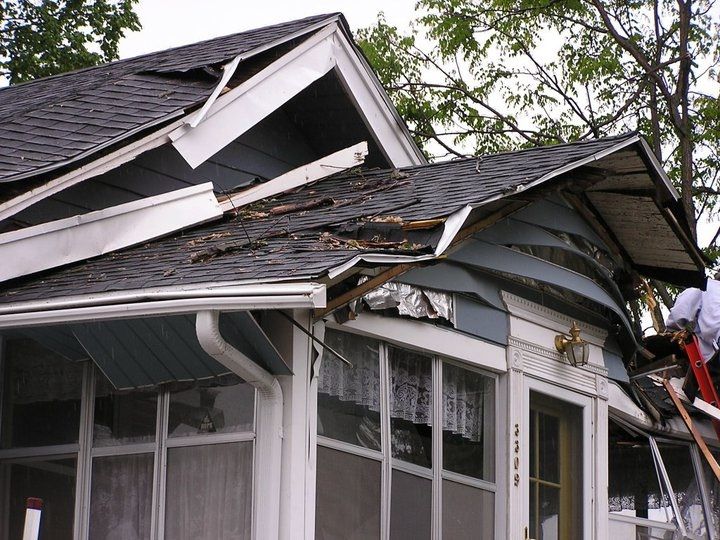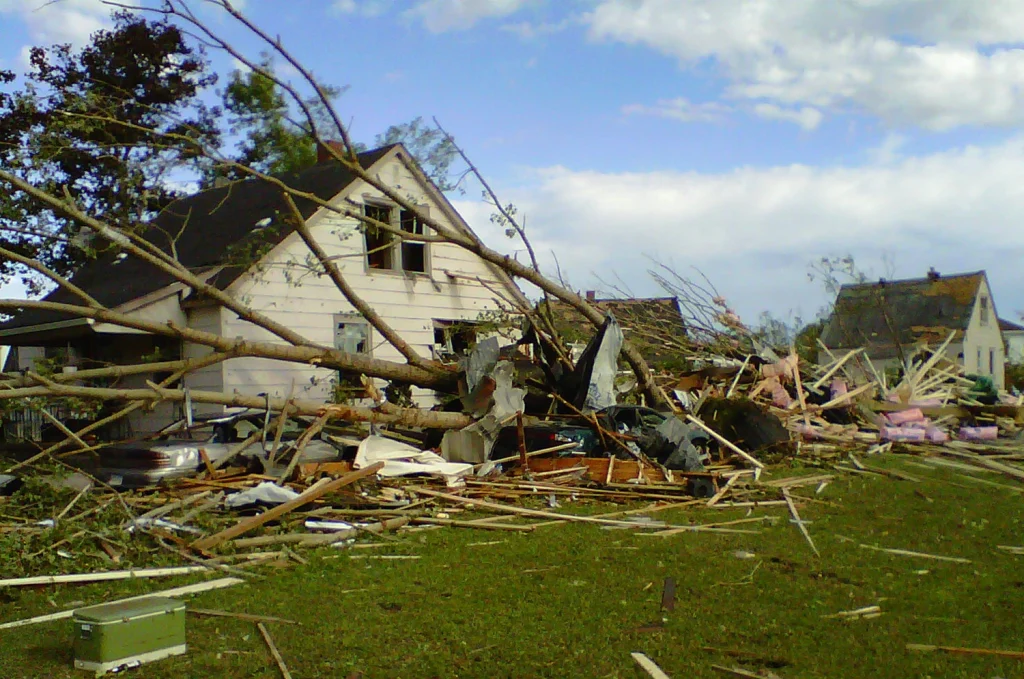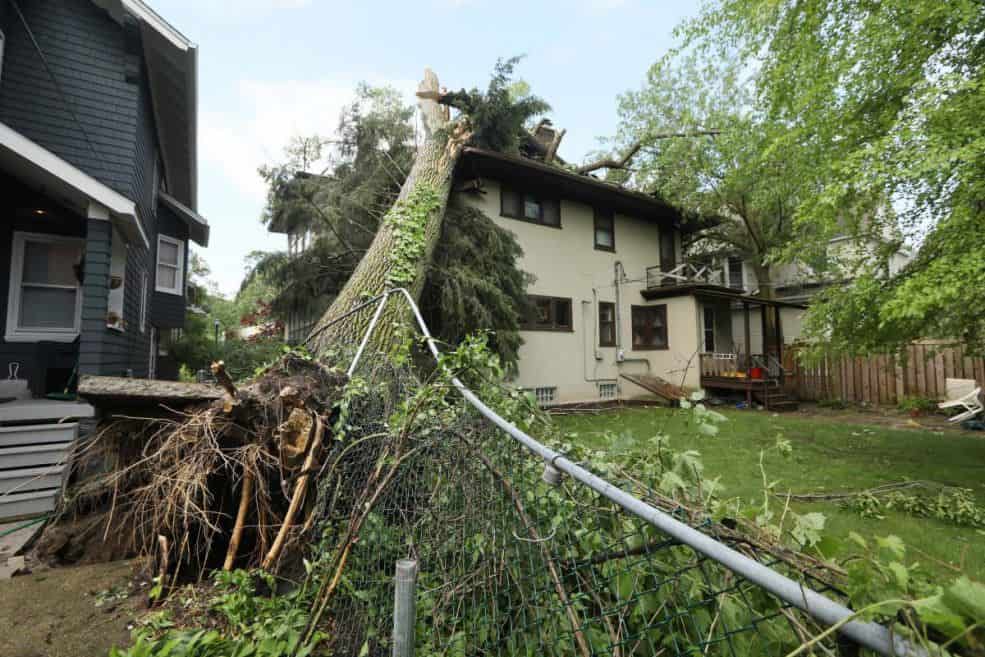Storm Damage Restoration Sydney (NSW) Australia
When storms hit, your home can change in seconds. Roofs leak, walls get wet, and floors flood. You don’t have time to wait. That’s why we’re here 24/7.

What is Storm Damage?
Storm damage refers to the destruction or harm caused to your property by severe weather events such as heavy rain, flooding, strong winds, or hail. Common storm damage includes roof leaks, broken tiles, water-soaked carpets, damaged walls, and fallen trees. If not addressed quickly, storm damage can lead to mould growth, structural problems, and costly repairs.
Storm damage can be minor, like a small leak, or major, like a collapsed roof. If not repaired quickly, it can lead to bigger problems such as mould growth, electrical hazards, and costly long-term repairs.
That’s why professional storm damage restoration in Australia is essential to protect your home or business and return it to a safe, livable condition.
What Kind of Storm Damage Do We Fix?
Every storm is different, but the problems we see are often the same. Roofs take the biggest hit with leaks and broken tiles. Water can flood carpets, seep into walls, and damage insulation. Sometimes fallen trees or broken gutters create more chaos. The worst part is that water left untreated can lead to mould. No matter if the issue is big or small, we take it seriously. If something worries you after a storm, you can call us, and we’ll fix it before it gets worse.
Common Storm Damage We Wix
- Roof Damage: Missing shingles, leaks, or holes in your roof.
- Flooding: Water can get inside your home, ruining floors and walls.
- Wind Damage: Broken windows, doors, and fences.
- Structural Damage: The storm may have weakened your building.

Get $50 Off When Booking Online
Protecting Against Future Storm Damage
After restoration, prevention is key. Storm Damage Restoration Australia advises clients on durable materials, adequate roofing, waterproofing, gutter maintenance, and wind-resistant fittings. Some options include:
- Reinforced roof materials or locking clips
- Upgrading windows to impact-rated or high-wind designs
- Installing efficient guttering and downpipes to quickly divert stormwater
- Using sealants and protective coatings on external surfaces
- Regular property inspections especially before storm seasons
These measures add costs upfront but reduce potential damage—and restoration expenses—later.
Structural Repairs After Storm Damage
Storms can weaken the structure of your home or business, leaving walls, ceilings, and foundations at risk. Our team provides complete structural repairs to restore safety and stability. From fixing damaged roofs to reinforcing walls and floors, we make sure your property is strong, secure, and ready to withstand future weather events.

The Hidden Mess Storms Leave Behind
People often think storm damage just means mopping up water or patching a hole in the roof. The truth is, storms leave behind more problems than you can see at first glance.
Floodwater can soak deep into carpets, floorboards, and walls. It doesn’t just dry on its own. In a day or two, that moisture turns into mould, and suddenly your home smells musty and feels unsafe. Wind can tear tiles from your roof, letting rain drip into the ceiling where you won’t notice until the plaster sags. Debris from trees or flying objects can smash windows, scatter glass, and make your property dangerous to walk through.
Our Storm Damage Restoration Process
We follow a clear step-by-step process to ensure complete restoration.
Assessment & Safety Check
We inspect damage and secure dangerous areas.
Water Extraction & Drying
Our pumps and dryers remove all hidden moisture.
Mould & Contamination Removal
We treat surfaces to prevent mould growth.
Structural Repair
Damaged roofing, walls, and floors are repaired or replaced.
Final Inspection
We provide detailed reports and insurance documentation.
FAQs
